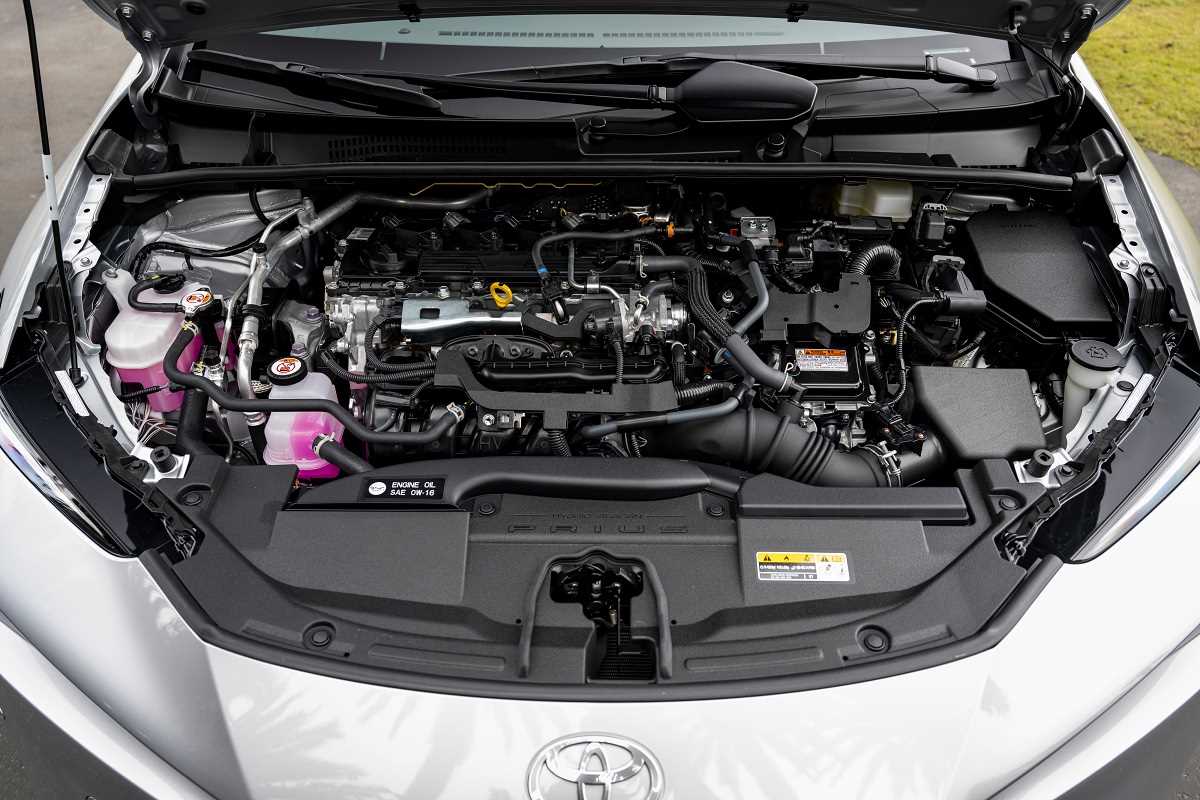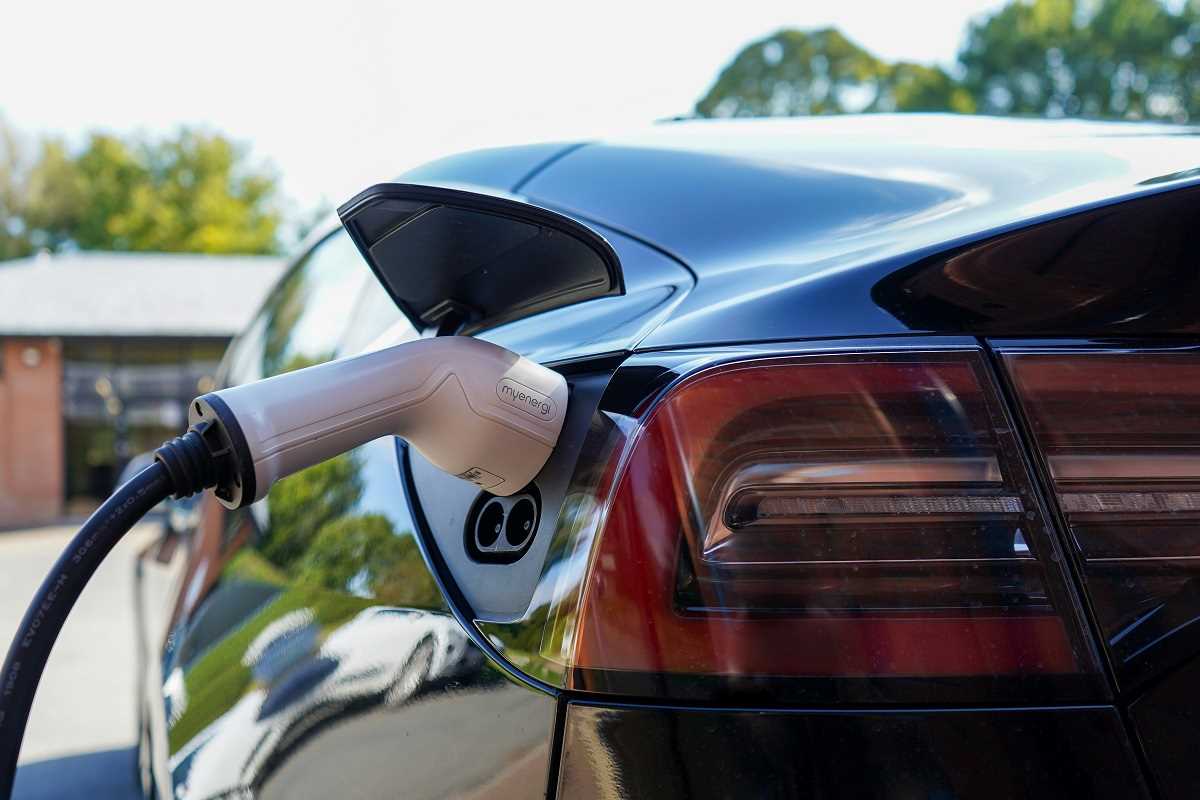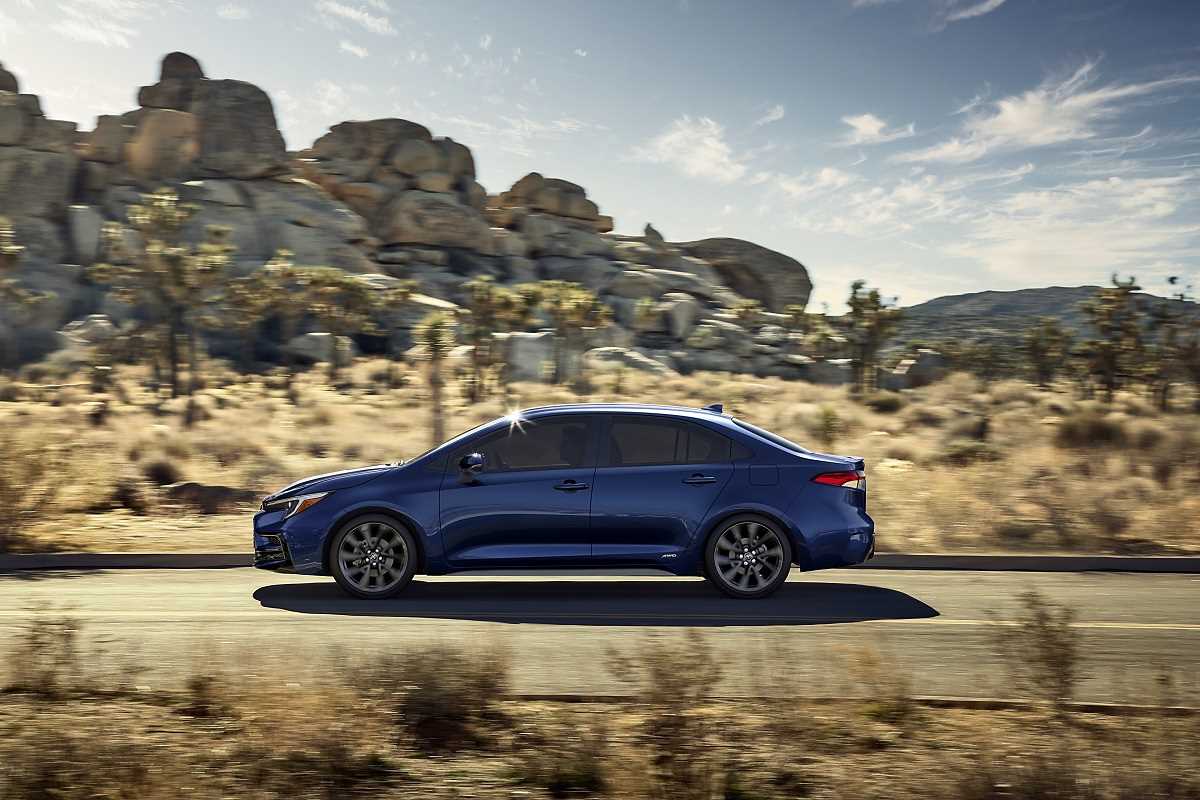Driving is a daily activity for many of us, but it’s easy to forget how much responsibility comes with getting behind the wheel. The reality is, roads can be unpredictable, and even the best drivers can encounter unexpected challenges. That’s where defensive driving comes in. Defensive driving is all about adopting habits that reduce risks, prevent accidents, and keep everyone on the road safe. Whether you’re a new driver or a seasoned one, incorporating these tips into your routine can make a world of difference.
Here are the most practical and life-saving defensive driving tips every motorist should know.
1. Maintain a Safe Following Distance
Perhaps one of the simplest and most effective defensive driving practices is keeping a safe distance from the car ahead of you. Tailgating doesn’t just increase the chances of a rear-end collision; it drastically reduces your reaction time in case of sudden stops or emergencies.
How to Measure a Safe Distance
- The 3-Second Rule: Choose a fixed point on the road ahead, like a road sign. When the car in front of you passes that point, count “one-thousand-one, one-thousand-two, one-thousand-three.” If you reach the point before you finish counting, you’re too close.
- Weather Adjustments: If it’s raining, snowing, or icy, double this distance to 6 seconds. Poor road conditions increase stopping distances significantly.
Staying vigilant and giving yourself space to react can prevent countless accidents, especially during heavy traffic or at high speeds.
2. Anticipate the Actions of Other Drivers
It’s not enough to focus solely on your own driving skills. Being aware of what other drivers might do can help you avoid surprises. Defensive driving is as much about observing your surroundings as it is about controlling your vehicle.
Ways to Anticipate Others
- Constant Scanning: Don’t just look at the car immediately in front of you. Keep an eye on the traffic several vehicles ahead to spot potential issues early.
- Watch Body Language: Drivers often give subtle hints about what they’re going to do next. For example, a quick glance over their shoulder might mean they’re about to change lanes.
- Cover the Brake: When approaching intersections, crowded areas, or unpredictable traffic patterns, hover your foot over the brake pedal. This doesn’t mean hitting the brakes preemptively but being ready to react.
Anticipation keeps you one step ahead and reduces your reliance on reflexes alone.
3. Avoid Distractions
Distracted driving is one of the leading causes of accidents worldwide. Defensive driving means giving your full attention to the task at hand. With modern technology and increasingly busy lives, this might be easier said than done, but it’s absolutely essential.
Tips to Minimize Distractions
- Limit Phone Use: If you must use your phone, rely on hands-free devices or use driving modes to block notifications.
- Plan Ahead: Set your GPS, adjust your mirrors, and pick your music or podcast before you start driving.
- Eat Before You Drive: Consuming food or drinks while driving takes your hands off the wheel and your eyes off the road. Plan snack breaks instead of multitasking behind the wheel.
Even if you think you’re good at multitasking, keeping your undivided attention on the road is the safest habit.
4. Adjust to Weather and Road Conditions
Mother Nature doesn’t always make driving easy. Rain, snow, ice, and fog can drastically reduce visibility and vehicle traction. Defensive drivers adjust their driving to match road and weather conditions, minimizing their risks during challenging situations.
Driving Tips for Adverse Conditions
- Rain: Reduce your speed and turn on your headlights. Be mindful of hydroplaning, which can happen when water builds up between your tires and the road.
- Snow and Ice: Start slow and brake gently to prevent skidding. Four-wheel drive or winter tires greatly improve traction in snowy conditions.
- Fog: Use low-beam headlights and fog lights. Avoid using high beams as they reflect off the fog and reduce visibility.
- Heat: Hot weather can lead to overheating or tire blowouts. Check your vehicle’s coolant levels and tire pressure regularly in extreme heat.
Being proactive about weather-related adjustments ensures you’re prepared no matter what conditions you face.
5. Stay Calm and Manage Stress
Road rage and emotional driving are dangerous and can lead to hasty, ill-judged decisions. Staying calm under pressure is a hallmark of a defensive driver, allowing you to think rationally and respond appropriately in high-stress situations.
How to Stay Cool Behind the Wheel
- Leave Early: Give yourself plenty of time to reach your destination. Feeling rushed can lead to aggressive or risky driving.
- Don’t Engage: If another driver is behaving recklessly or aggressively, avoid eye contact, distance yourself, and don’t react emotionally.
- Practice Perspective: If someone cuts you off, remind yourself that it’s likely unintentional. A few inconveniences here and there should never compromise your safety.
It’s common to encounter frustrating road behavior, but remaining calm minimizes escalation and keeps everyone safer.
6. Use Your Mirrors and Check Blind Spots
Mirrors are there for a reason, but using them effectively is an art every defensive driver should master. Regular checking of your surroundings via mirrors and physically looking over your shoulder reduces the likelihood of lane-change accidents and other collisions.
Mirror-Checking Best Practices
- Adjust Before You Drive: Ensure your side and rearview mirrors are positioned to minimize blind spots.
- Make Frequent Checks: Glance at your mirrors every 5–8 seconds, especially during heavy traffic or while changing lanes.
- Check the Blind Spot: Even the best-positioned mirrors can’t account for all angles. A quick over-the-shoulder check can prevent accidents caused by unseen vehicles.
By staying aware of every angle and potential hazard, you’re prepared for any situation.
7. Keep an Emergency Kit in Your Vehicle
Defensive driving extends beyond preventing accidents; it also involves being prepared for the unexpected. Having an emergency kit in your vehicle can be a lifesaver in breakdowns, accidents, or harsh weather.
What to Include in Your Emergency Kit
- Essentials: Jumper cables, a flashlight, and a first-aid kit.
- Seasonal Items: Blankets, extra water, and non-perishable snacks for winter driving.
- Roadside Tools: A tire pressure gauge, a portable air compressor, and a spare tire.
A well-stocked emergency kit helps you handle roadside emergencies with confidence and composure.
8. Never Drive Under the Influence
This might seem obvious, but it’s worth repeating. Despite decades of awareness campaigns, impaired driving remains a leading cause of accidents and fatalities. Being a defensive driver means taking personal responsibility and never taking risks with alcohol, drugs, or even medications that affect your judgment.
Alternative Options
- Use a Designated Driver: Plan ahead and ensure you’ll have a sober driver.
- Ride-Sharing Services: With apps like Uber or Lyft widely available, there’s no excuse to drive impaired.
- Stay Where You Are: If you’re unable to find a safe way home, stay the night and drive only when fully sober.
Your life, and others on the road, is never worth the risk.
Defensive driving is a mindset that commits to safety, awareness, and responsibility. Whether it’s maintaining a safe following distance, adapting to weather conditions, or anticipating the actions of others, these life-saving tips can transform how you approach the road.
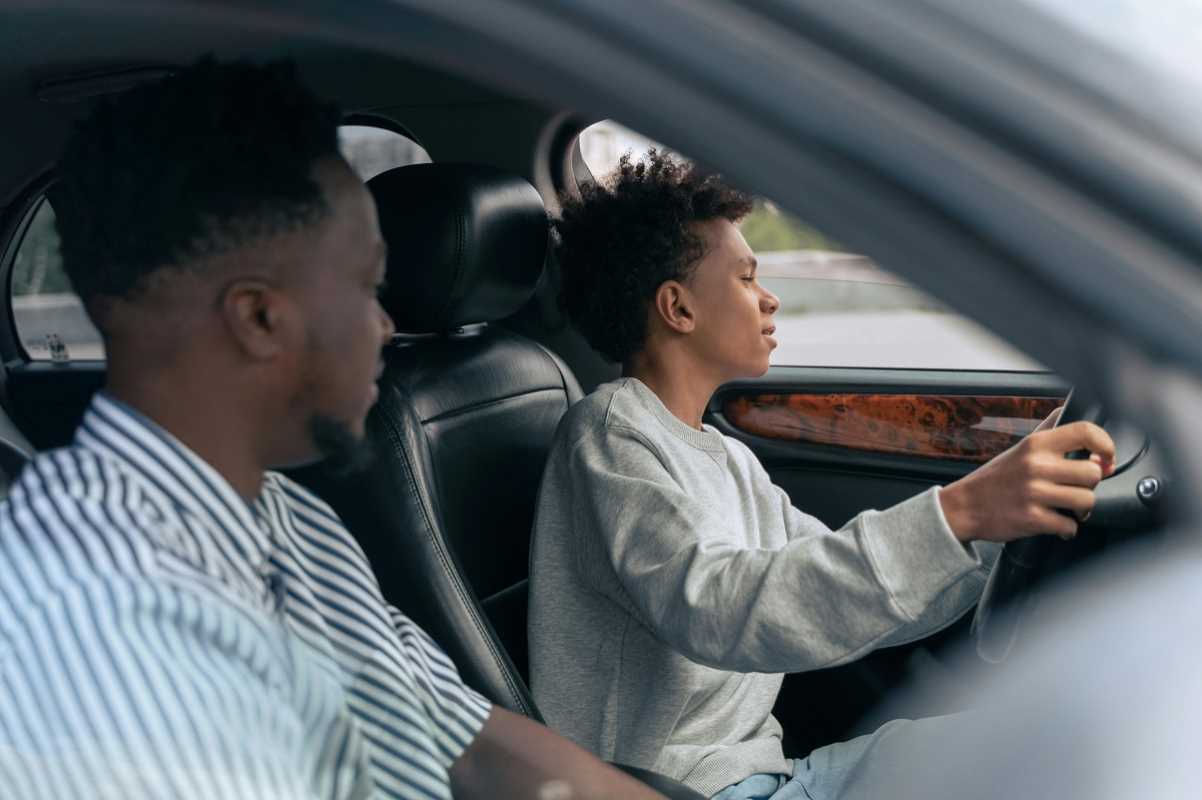 (Image via
(Image via.jpg)
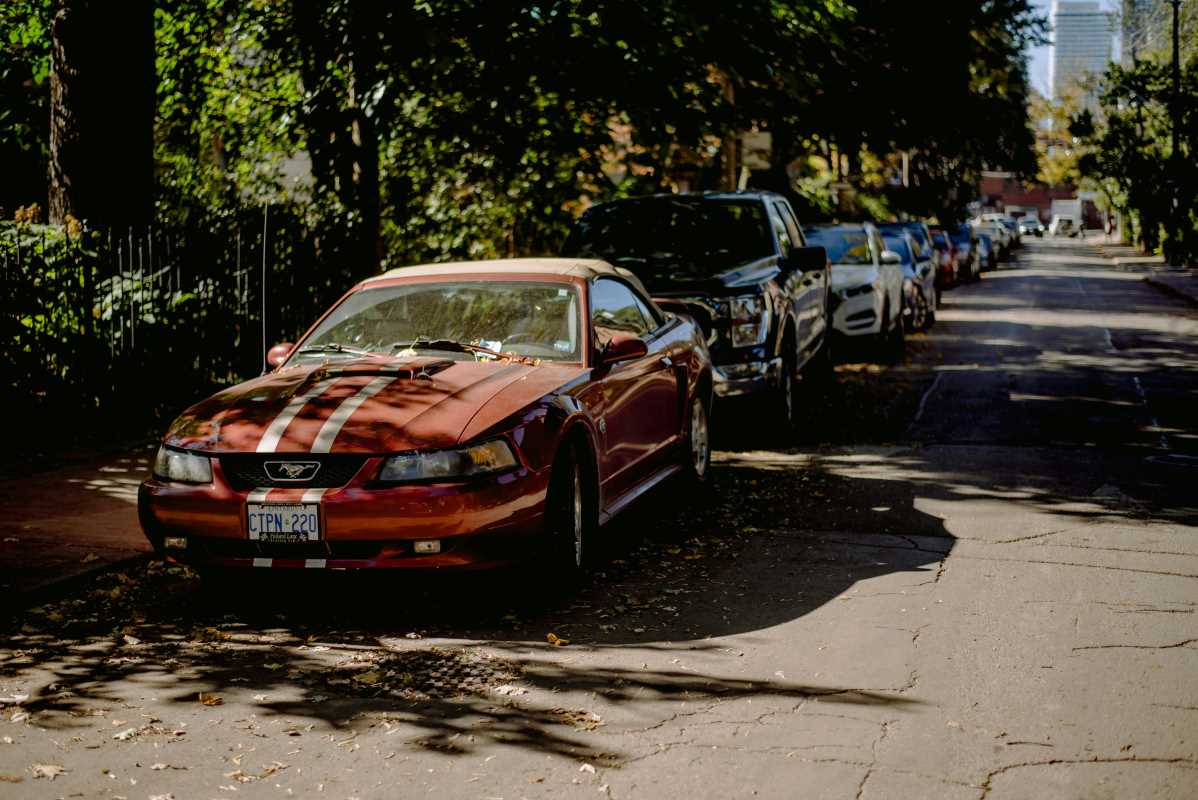
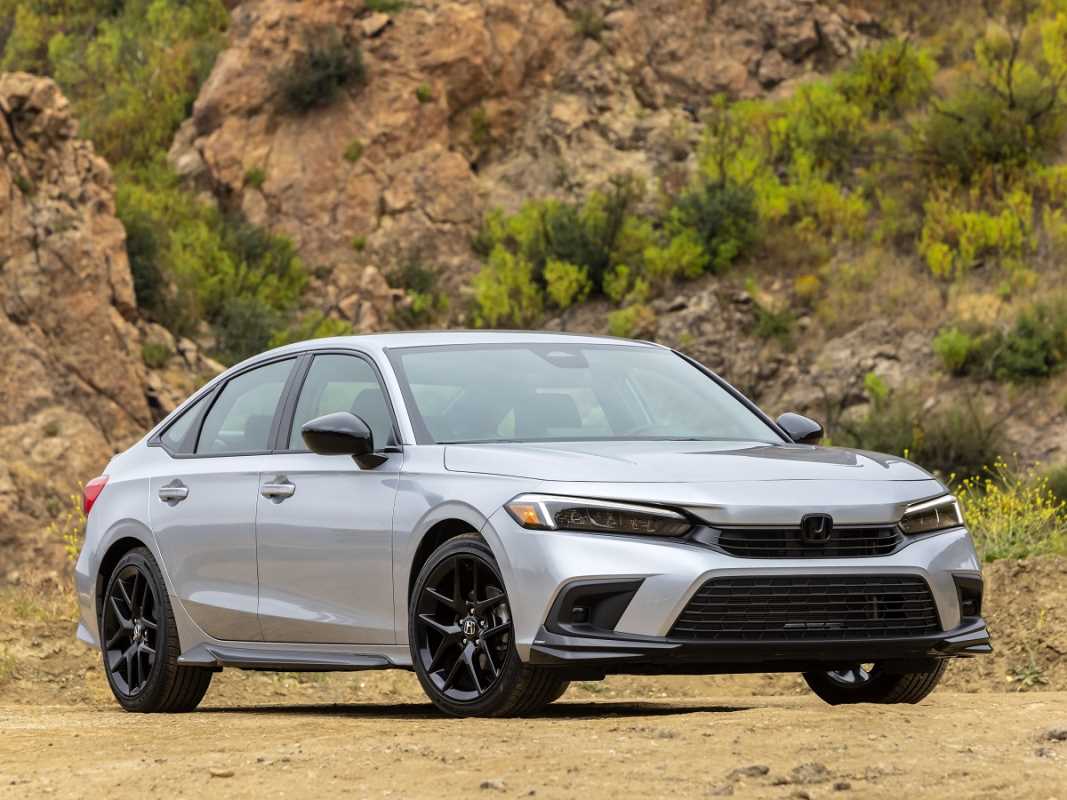
.jpg)
